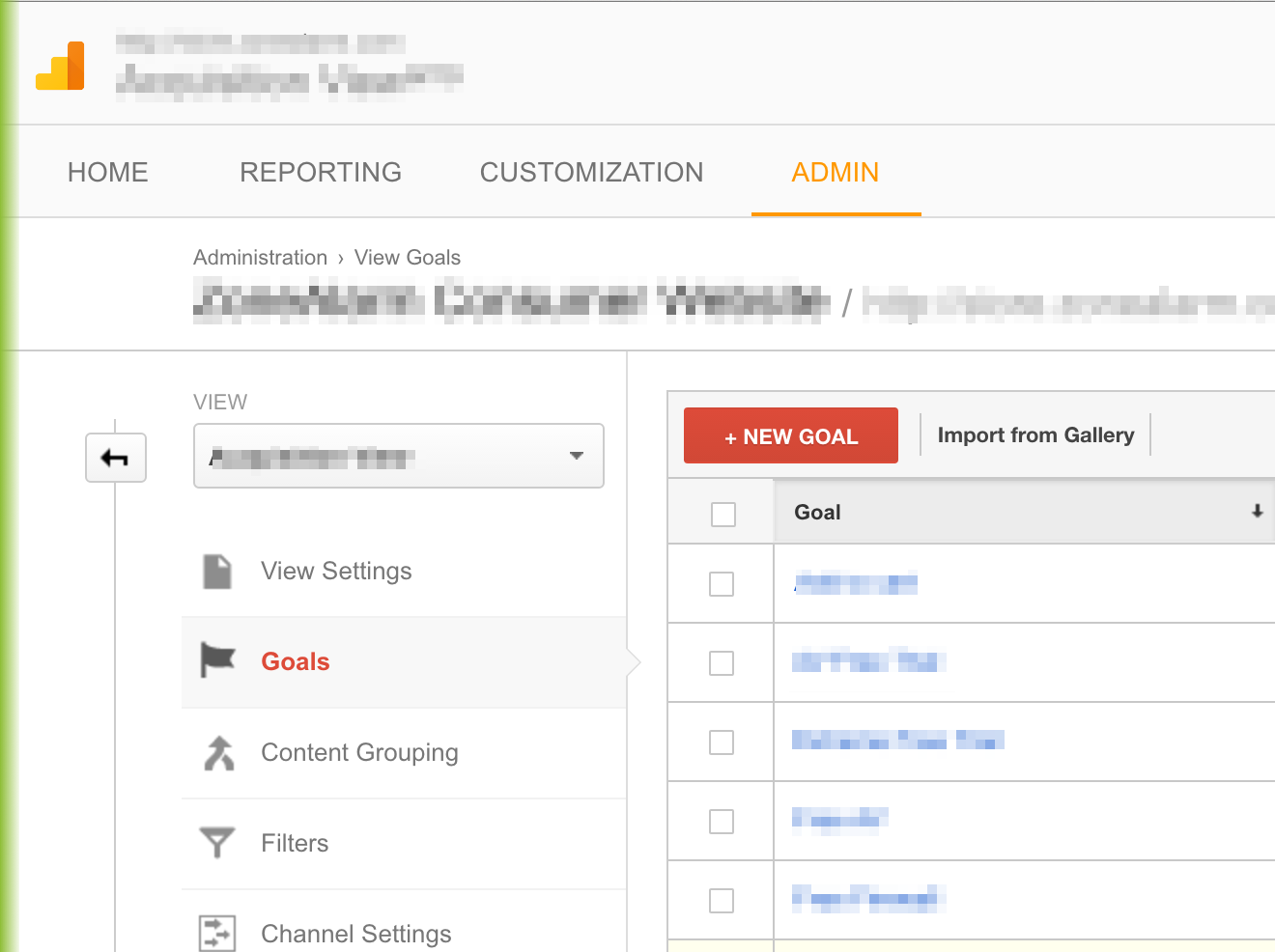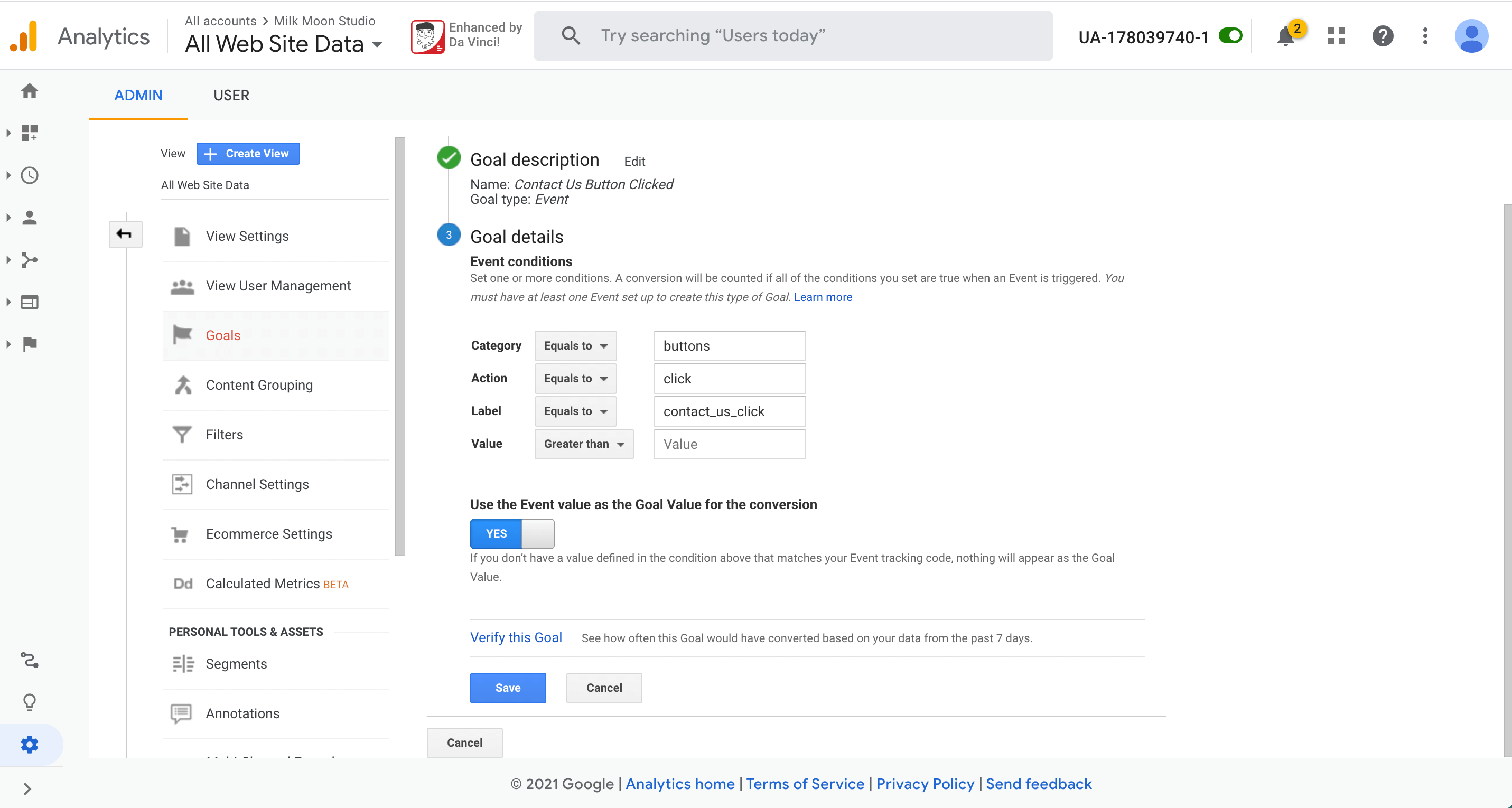Secret Insights on What Data Is Google Analytics Goals Unable to Track
Secret Insights on What Data Is Google Analytics Goals Unable to Track
Blog Article
Introducing the Blind Spots: Recognizing What Google Analytics Goals Can not Measure
In the realm of electronic analytics, Google Analytics stands as a powerful device for monitoring and examining online customer interactions. Understanding what Google Analytics objectives can not measure is essential for gaining a detailed view of customer behavior and involvement.
Individual Actions on External Operatings Systems
Understanding just how individuals connect on outside systems is vital for enhancing on-line techniques. Exterior platforms, such as social networks networks, referral web sites, and online discussion forums, play a considerable function in driving traffic to a firm's site. By assessing user habits on these systems, companies can obtain important understandings right into the efficiency of their advertising and marketing efforts and the preferences of their target market.
One key facet of individual behavior on exterior systems is the reference source. By tracking where the individuals are originating from, organizations can identify which platforms are driving one of the most traffic to their internet site. This details can help business allot their sources better, concentrating on the systems that generate the most effective results.

Offline Interactions and conversions
Evaluating individual habits on external platforms provides valuable understandings right into on-line methods; nevertheless, thinking about offline conversions and interactions is similarly necessary for a thorough understanding of a firm's general performance. While Google Analytics excels at tracking online communications, it drops short in catching the complete consumer trip that commonly includes offline touchpoints. Offline conversions, such as in-store purchases or phone questions, play a substantial function in numerous companies' success. Disregarding these interactions can cause an altered view of the effectiveness of advertising and marketing projects and total organization efficiency.

Acknowledgment Beyond Last Click
When delving into the world of electronic advertising analytics, it ends up being vital to look beyond the single touchpoint of the last click for a much more thorough understanding of attribution. While Google Analytics offers important understandings right into customer actions, relying entirely on last-click attribution can be restricting - what data is google analytics goals unable to track. Acknowledgment designs that go past the last click offer a more nuanced view of the customer journey, considering all the touchpoints that cause a conversion
Attribution beyond the last click allows marketing professionals to designate credit rating to various communications along the conversion course, offering a more clear image of the efficiency of my site different advertising channels. By exploring multi-touch discover this acknowledgment versions such as straight, time degeneration, or position-based attribution, companies can better allocate their marketing budgets and optimize their methods for optimal impact.
Recognizing the impact of each touchpoint in the conversion procedure is critical for making educated decisions and optimizing ROI. By accepting attribution past the last click, services can acquire deeper understandings right into customer habits and tailor their marketing initiatives better.
Cross-Device and Cross-Browser Monitoring

Similarly, cross-browser tracking matches cross-device monitoring by recording user behavior as they change in between various internet internet browsers. Understanding how individuals engage with websites on various web browsers can assist marketers enhance their on the internet experiences to make certain uniformity and functionality across different platforms.
Qualitative Information and User Intent
Understanding user intent with qualitative information evaluation is crucial for developing targeted digital advertising approaches that reverberate with the needs and preferences of the target audience. Qualitative information offers understandings into Recommended Site the 'why' behind individual actions, clarifying inspirations, feelings, and preferences that measurable data alone can not record. By examining individual comments, remarks, and communications, marketing experts can reveal useful info regarding user intent, allowing them to customize their messaging, web content, and offerings to better align with what their target market is looking for.
Qualitative data also aids in recognizing the context in which customers engage with a site or app. This contextual understanding makes it possible for marketing experts to produce more personalized and pertinent experiences, eventually driving higher involvement and conversion rates. By delving right into user intent via qualitative information analysis, businesses can gain a much deeper understanding of their target audience, leading to extra efficient advertising methods that satisfy individuals' needs and assumptions.
Final Thought
In verdict, Google Analytics goals have limitations in gauging customer actions on outside systems, offline conversions, attribution beyond last click, cross-browser and cross-device monitoring, and qualitative data connected to individual intent. what data is google analytics goals unable to track. It is essential for organizations to be knowledgeable about these dead spots in order to supplement their data evaluation with various other tools and techniques to obtain a more detailed understanding of their target market and improve their general electronic advertising and marketing strategies
By examining customer behavior on these platforms, companies can get beneficial insights into the efficiency of their advertising initiatives and the choices of their target audience.
Analyzing user habits on outside systems gives beneficial insights into online techniques; nevertheless, taking into consideration offline conversions and communications is just as crucial for a thorough understanding of a firm's overall performance.In electronic marketing analytics, moving past last-click acknowledgment to discover cross-device and cross-browser monitoring is crucial for gaining an all natural understanding of user interactions throughout numerous systems and tools. By examining individual comments, comments, and interactions, online marketers can discover important information about customer intent, enabling them to tailor their messaging, content, and offerings to better straighten with what their target market is seeking.
By delving into customer intent via qualitative data analysis, businesses can obtain a much deeper understanding of their target audience, leading to a lot more efficient advertising techniques that meet users' assumptions and requirements.
Report this page